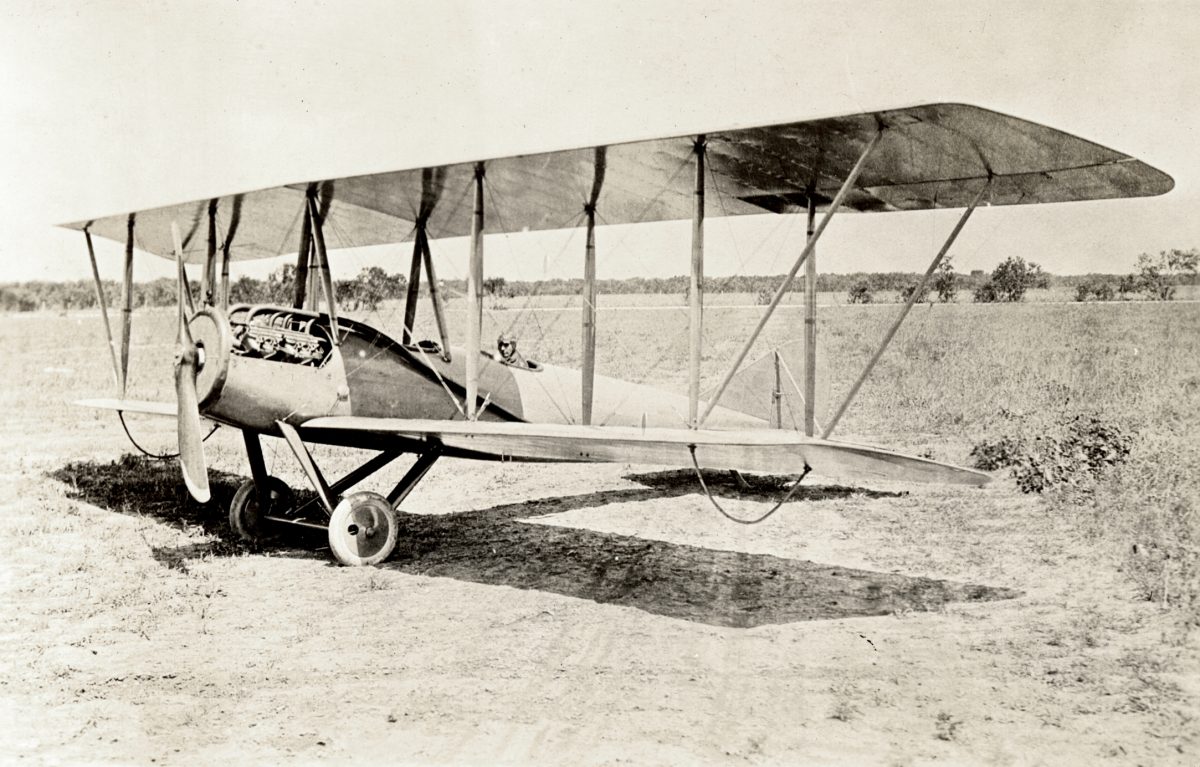
Although her aviation career was brief, pilot Harriet Quimby played an influential role in paving the way for women in aviation. In the early days of flight, Quimby defied the odds and made several aviation firsts, including becoming the first American woman to earn a pilot’s license and the first woman to fly solo across the English Channel.
While the details of Quimby’s early life are mostly unknown, it is believed that she was born in 1875, in Arcadia, Michigan. When she was a teen, Quimby and her family moved to San Francisco, where she discovered a talent for journalism.
Quimby moved to New York City in 1903, where she worked as a theatre and film critic and later as a photojournalist for popular publications. It wasn’t until she was assigned to cover a story on New York’s Belmont International Aviation Tournament in 1910 that Quimby became fascinated with the world of aviation.
Determined to fly, Quimby enrolled in the Moisant School of Aviation at Hempstead, Long Island. She famously wrote, “I’m going in for everything in aviation that men have done: altitude, speed, endurance, and the rest.” By August 1st, 1911, Quimby became the first American woman to qualify for a license from the Aero Club of America. She was the second licensed female pilot in the world. (The first woman to receive a pilot’s license was the Baroness de LaRoche of France.)
After earning her wings, Quimby joined the Moisant International Aviators, a touring exhibition team. She quickly became a national sensation, making headlines as she toured the United States and Mexico to push the limits of flight.
Quimby was well-known for breaking societal traditions by wearing a purple satin flying suit instead of a skirt and petticoat. She continued to write about her experiences as an aviatrix for the popular New York City magazine, Leslie’s Illustrated Weekly, contributing articles on flight safety, the promise of commercial aviation, and the career options for women in aviation. Her emphasis on safety and the importance of using pre-flight checklists helped establish standards that are used by today’s pilots.
In 1911, Quimby set her sights on a new goal: to become the first woman to pilot across the English Channel. At the time, flying across open water was considered highly dangerous, and many pilots made fatal attempts to cross the treacherous channel.
On April 16, 1912, Quimby flew a Bleriot 60 HP monoplane from Dover, England to Hardelot, France, completing the record-setting flight despite navigating through a dense layer of fog. However, Quimby’s accomplishment was overshadowed by the news of the Titanic disaster, which occurred just a few days before her flight.
Nevertheless, once Quimby returned to the air show and exhibition circuits, she enjoyed new-found fame as the “Queen of the Channel Crossing.” Unfortunately, Quimby’s flying career was cut short in a fatal flying accident, just months after her famous channel crossing.
After test-flying the course at the Harvard-Boston Aviation Meet in her new 70-horsepower Bleriot monoplane, Quimby took off for a flight around Dorchester Harbor with the meet’s organizer, William A.P. Willard. Though the cause of the accident is unknown, spectators witnessed the aircraft take a spiraling turn as Quimby and Willard were thrown from the plane into shallow waters and killed.
Despite her tragically short flying career, Quimby’s achievements and passion for aviation had a lasting influence. Her actions and writing inspired future generations of female aviators to lead the way and defy stereotypical roles for women. Quimby was honored for her legacy in 2004 when she was inducted into the National Aviation Hall of Fame.